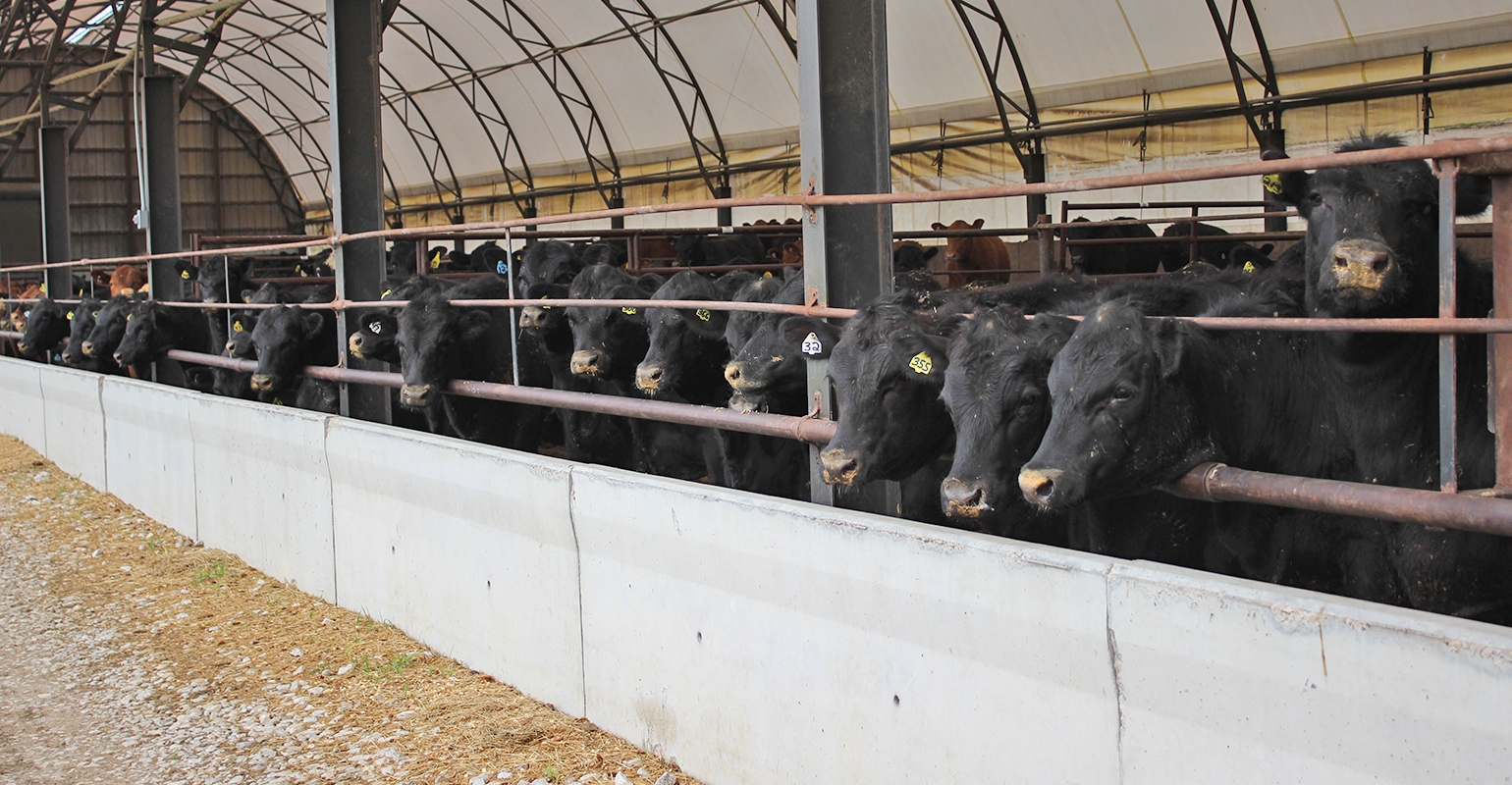Secret Aspects to Take Into Consideration When Picking Livestock Risk Security (LRP) Insurance
When evaluating choices for Animals Danger Protection (LRP) insurance, numerous vital aspects require mindful consideration to make certain efficient threat administration in the farming market. Choosing the ideal protection alternatives customized to your certain animals procedure is paramount, as is understanding how exceptional prices associate with the level of protection supplied. In addition, the qualification criteria for different kinds of animals and the flexibility of the plan to adjust to altering scenarios are critical aspects to weigh. Moreover, the performance and transparency of the claims procedure can considerably impact the total experience and monetary outcomes for animals producers. By purposefully browsing these important elements, manufacturers can protect their financial investments and reduce possible dangers successfully.
Protection Options
When thinking about Livestock Threat Protection (LRP) insurance, it is vital to comprehend the different coverage options offered to reduce risks in the farming market. Livestock Danger Protection (LRP) insurance coverage uses various protection options customized to satisfy the diverse demands of animals producers.
An additional vital insurance coverage choice is the endorsement duration, which establishes the length of time the coverage is in effect. Manufacturers can choose the endorsement duration that finest matches their manufacturing cycle and market conditions. Additionally, coverage degrees and rates vary based on the sort of animals being insured, giving producers the adaptability to personalize their insurance intends according to their certain demands.
Understanding the various insurance coverage alternatives available under Animals Risk Defense (LRP) insurance coverage is important for manufacturers to make educated decisions that effectively secure their livestock operations from market unpredictabilities.
Premium Prices

Livestock Danger Protection (LRP) insurance policy provides vital protection alternatives customized to minimize risks in the agricultural field, with a considerable facet to consider being the computation and structure of premium expenses. When figuring out premium prices for LRP insurance coverage, numerous variables enter into play. These consist of the kind and variety of animals being insured, the protection degree picked, the existing market value, historic cost information, and the length of the protection period. Insurers may also consider the location of the ranch, as geographical aspects can affect the overall risk profile.
Premium prices for LRP insurance policy are normally determined based upon actuarial data and take the chance of evaluation models. Insurers examine historical information on livestock rates and production expenses to figure out a proper costs that reflects the level of risk entailed. It is essential for animals producers to thoroughly review premium expenses and insurance coverage choices to guarantee they are sufficiently protected against potential financial losses because of unfavorable market conditions or unanticipated occasions. By comprehending just how premium prices are determined and structured, producers can make informed decisions when picking the right LRP insurance plan for their procedure.
Qualified Livestock
The decision of eligible livestock for Livestock Risk Protection (LRP) insurance policy coverage involves mindful factor to consider of particular requirements and qualities. Animals kinds that are typically qualified for LRP insurance policy include feeder livestock, fed lambs, cattle, and swine.
Feeder livestock, Discover More Here for example, are frequently eligible for LRP insurance coverage if they fall within defined weight ranges. Lambs are one more group of livestock that can be thought about for LRP insurance policy, with variables such as weight and age playing a crucial duty in determining their eligibility.
Prior to picking LRP insurance for animals, manufacturers should thoroughly assess the eligibility requirements laid out by the insurance company to guarantee their pets meet the required demands for insurance coverage.
Policy Flexibility
Plan versatility in Animals Threat Protection (LRP) insurance allows producers to customize protection to fit their particular requirements and take the chance of management techniques. This versatility encourages animals producers to customize their insurance coverage based on aspects such as the sort of livestock they have, market problems, and specific threat resistance levels. One look at this web-site key aspect of plan adaptability in LRP insurance policy is the capacity to pick insurance coverage degrees that line up with the producer's monetary goals and risk direct exposure. Manufacturers can pick insurance coverage degrees that secure them against potential losses due to variations in animals costs, ensuring they are appropriately guaranteed without overpaying for unnecessary insurance coverage. In addition, LRP insurance coverage provides flexibility in plan period, allowing manufacturers to pick protection periods that ideal fit their manufacturing cycles and advertising timelines. By offering personalized choices, LRP insurance makes it possible for manufacturers to effectively manage their threat exposure while safeguarding their animals operations versus unexpected market volatility.
Insurance Claims Process
Upon experiencing a loss or damage, producers can start the cases process for their Livestock Risk Security (LRP) insurance policy by without delay calling their insurance service provider. It is vital for manufacturers to report the loss asap to speed up the cases procedure. When getting to out to the insurance company, manufacturers will certainly require to give detailed info regarding the occurrence, consisting of the day, nature of the loss, and any relevant documentation such as veterinary records or market prices.

After the analysis is complete, the insurance policy service provider will certainly decide concerning the case and communicate the result to the manufacturer. If the insurance claim is accepted, the producer will get settlement according to the terms of their Livestock Danger Security (LRP) insurance policy. Bagley Risk Management. It is crucial for producers to be aware of the insurance claims procedure to ensure a smooth experience in case of a loss

Conclusion
In final thought, when picking Animals Threat Defense (LRP) insurance policy, it is vital to take into consideration insurance coverage alternatives, premium expenses, eligible livestock, plan adaptability, and the insurance claims process. These crucial variables will assist guarantee that farmers and breeders are sufficiently safeguarded against possible threats and losses associated with their animals procedures. Making a notified decision based upon these factors to consider can ultimately lead to far better monetary safety and security and assurance for animals blog here producers.
Livestock Threat Defense (LRP) insurance coverage offers various protection options customized to meet the varied requirements of animals producers.The determination of eligible animals for Livestock Threat Security (LRP) insurance coverage involves cautious consideration of certain criteria and attributes.Policy adaptability in Animals Risk Defense (LRP) insurance permits producers to customize coverage to fit their specific requirements and risk administration strategies.Upon experiencing a loss or damage, producers can start the claims process for their Animals Risk Security (LRP) insurance policy by quickly calling their insurance copyright.In conclusion, when choosing Animals Threat Protection (LRP) insurance coverage, it is crucial to consider protection alternatives, premium prices, eligible livestock, plan adaptability, and the cases process.